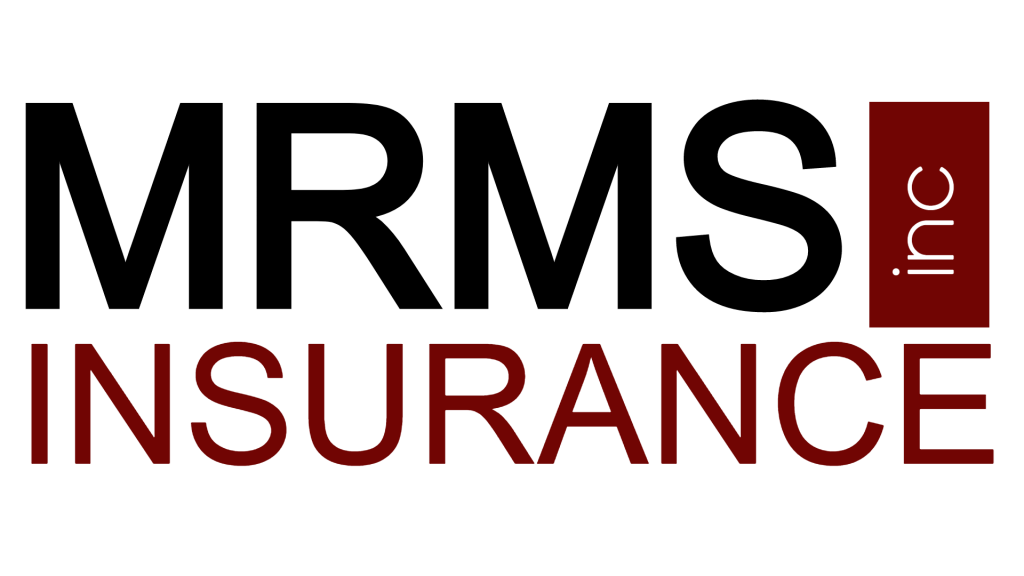In the near future, will your next visit to the doctor be as close as your pharmacy? This is the new model CVS, Walgreens and other pharmacies are implementing in areas such as metro Detroit. The concept is to offer more than prescriptions and in fact, one of the pharmacy chains has a trial to remove most items from their store and bring in wellness and health services. This may include yoga, types of exercise, dietary, healthy eating and other services as a part of the future of healthcare.
Back to medical services in a pharmacy. Some neighborhoods have limited transportation and availability for medical services. In the 1990s there was a concept of a “doc in the box” or having medical services within a mile or so of everyone’s home that lives in a major city. The thought is that people would use the “doc in a box” for minor medical needs, colds and other simple testing. It would be more convenient, probably less wait time, keep people out of the Emergency Department (ED) and provide opportunity for better management of chronic conditions.
The pharmacy medical offices are not intended to replace your primary care doctor, but to work with them. The pharmacy hours would enhance the availability of care by being open evenings and weekends.
Ultimately, the goal is for people to use healthcare timely, manage chronic conditions and save money by earlier treatment and less ED visits.
Here’s a case example: Let’s say someone feels ill and has a sore throat. They go to their pharmacy. The licensed pharmacist would test for the flu and strep throat. For privacy they would use a conference room or consulting area. Then any certified, trained and licensed pharmacist or pharmacy intern can administer vaccines and the pharmacy can disperse medications. These pharmacies may also have a medical person, such as a nurse practitioner (PN). In Illinois the PN must have a regulated, collaborative agreement with another health provider in order to provide patient care.
It is important to know in this example the testing would not be covered by insurance as the pharmacist is not considered a medical provider. To accommodate the patient the charges for these services can be $25 – $35 which resembles an insurance co-pay charge.
CVS and Aetna saw an opportunity here to work together. They finalized their merger in 11/2018 and will bring forth new and unique ideas to offer healthcare services, wellness services and prescriptions. Perhaps this merger may address the private co-pay issues if the patient visits a CVS and is an insured by Aetna.
Obstacles in general include: the pharmacy does not have access to your primary care doctor’s records and your doctor would not have records of these services. This is especially a deterrent for those people with chronic diseases and their medical case management. People with chronic disease may also have an RN case manager helping them manage all aspects of their disease. If a person has a case manager it would be important to advise them before going to a “doc in the box”. Or advise them as soon as possible after going.
If you think this might work for medical care; do you think it would work for dental care? Yes, dental care such as teeth alignment may also be included in the services the pharmacy offers.
Keep an eye open for more developments around 1/1/2020. All of this could become very interesting. As always, feel free to call our office if you have questions.




















